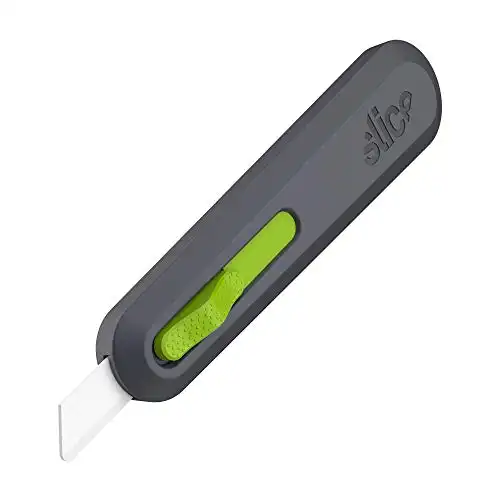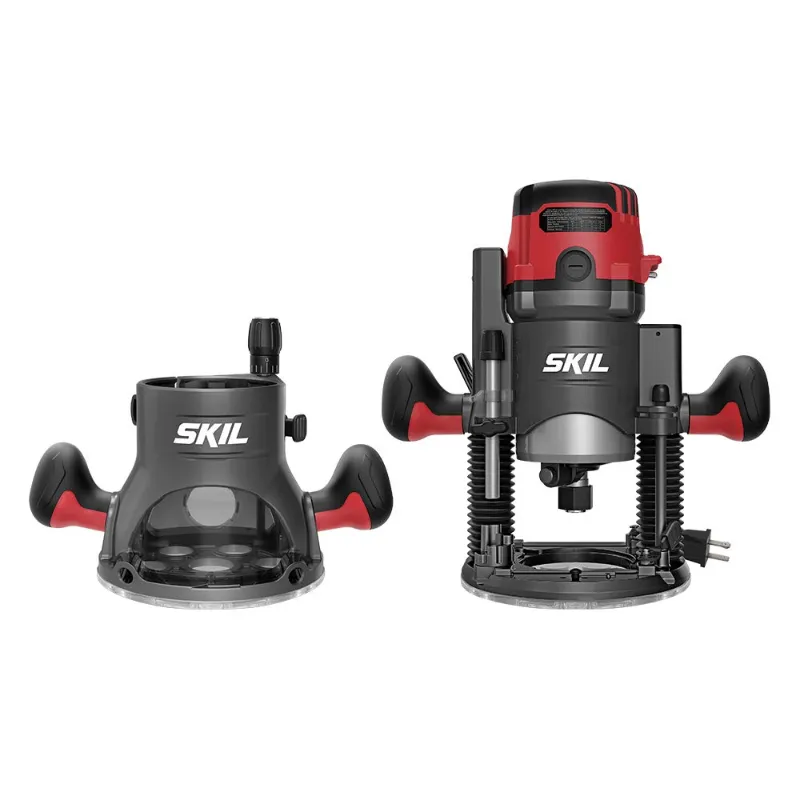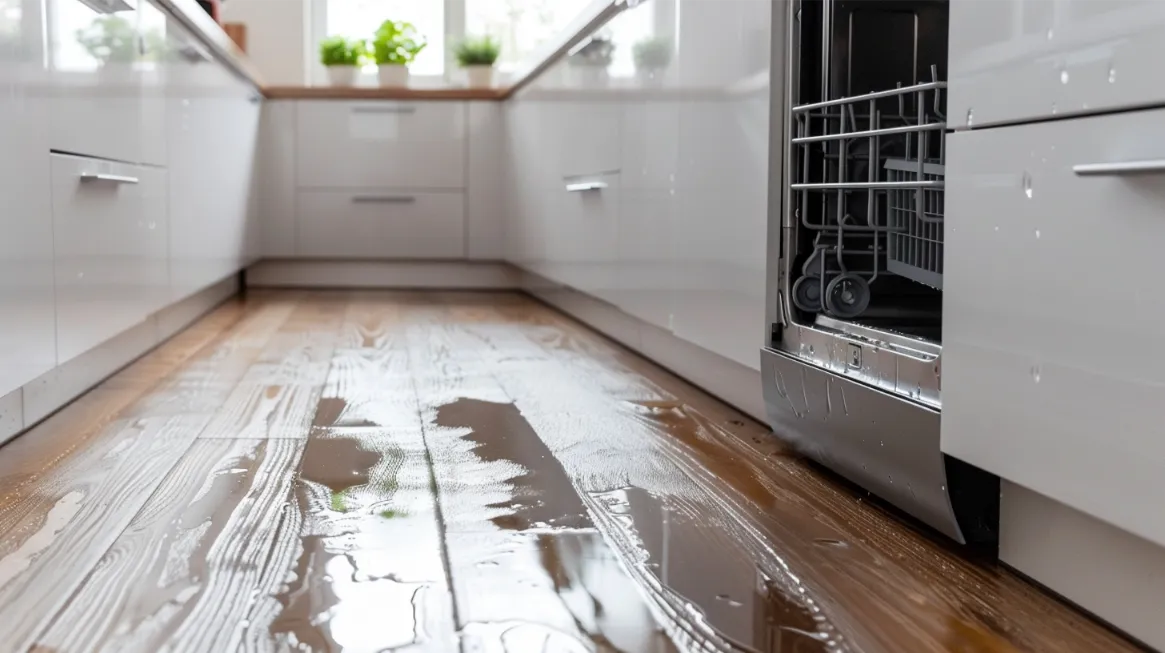To cut plastic effectively, start with a utility knife for thin sheets, scoring and snapping cautiously. Use a saw with fine-toothed blades on thicker plastic to prevent melting. Opt for a jigsaw on hard plastic, secure the material, and wear protective gear. For brittle plastic, try slicing with a tight string for intricate cuts. Enhance results by combining tools tailored to the task requirements. Different techniques, like using a hot knife or bandsaw, can also be beneficial. Remember, safety is critical; stay updated on techniques for improved skills. For more detailed instructions, explore various tools and methods for precise cutting.
Key Takeaways
- Use a utility knife for thin plastic sheets.
- Opt for a saw with fine-toothed blades for thicker plastic.
- Employ a jigsaw for cutting hard plastic.
- Consider using a string for brittle plastic.
- Combine tools for diverse cutting needs.
Utility Knife for Thin Plastic
When cutting thin plastic sheets up to 1/4 inch thick, a utility knife is the most effective tool due to its excellent grip and control for precise cuts. The utility knife scores the plastic, creating a shallow cut that makes breaking or cutting easier.
For safe and efficient cutting of thin plastic, consider Slicing’s models like the 10558, 10554, and 10550. These utility knives are designed specifically for cutting plastic, providing you with the right tools for the job.
Additionally, pointed-tip blades like the 10528 are handy for puncturing plastic sheets before making your cuts. Always exercise caution and precision when using a utility knife to cut plastic, ensuring clean and accurate results.
Saw With Fine-Toothed Blades for Thicker Plastic
Opting for a saw with fine-toothed blades is essential when cutting thicker plastic materials. These blades offer precision and reduce the plastic’s risk of chipping or cracking.
Understanding blade selection tips, cutting techniques, and safety measures will help you achieve clean and accurate cuts in thicker plastic sheets.
Blade Selection Tips
Opt for a saw equipped with fine-toothed blades to cut thicker plastic materials with precision and smooth results. When selecting blades for cutting plastic, consider the following:
- Precision Cutting: Fine-toothed blades guarantee precise cuts on thicker plastic sheets, maintaining the material’s integrity.
- Smooth Results: These blades provide seamless cutting action, reducing the chances of rough edges or jagged cuts.
- Avoid Melting or Chipping: Opt for blades specifically crafted for cutting plastic to prevent melting or chipping issues during the cutting process.
Cutting Techniques Overview
To achieve precise and smooth cuts on thicker plastic materials, equip your saw with fine-toothed blades.
When cutting thick plastic sheets or blocks, using a saw with fine-toothed blades guarantees that you achieve accurate and clean cuts. The fine teeth on the blade help maintain control and reduce the chances of chipping or cracking the plastic during the cutting process.
To ensure top-notch cutting results, it’s essential to select the appropriate saw based on the thickness of the plastic. By using the right tools and techniques, such as a saw with fine-toothed blades, you can effectively cut through thicker plastic materials with ease and precision. Remember to prioritize safety while working with the saw to prevent accidents.
Safety Measures to Follow
Guarantee your safety by always wearing suitable protective gear when operating a saw with fine-toothed blades for cutting thicker plastic materials.
When cutting thicker plastic with fine-toothed blades, follow these safety precautions:
- Wear Protective Gear: Have safety goggles, gloves, and a mask to shield yourself from debris or fumes.
- Secure Workpiece: Firmly clamp the thick plastic material in place before making any cuts to prevent slips or accidents.
- Mind Blade Speed: Adjust the saw’s speed to a suitable setting for cutting through thick plastic smoothly without causing damage.
Jigsaw for Cutting Hard Plastic
To effectively use a jigsaw for cutting hard plastic, familiarize yourself with the basics, prioritize safety measures, and practice proper cutting techniques.
Adjust the jigsaw settings on a test piece to prevent material damage, securely clamp the plastic for accuracy, and follow manufacturer instructions for best results.
Remember to wear safety glasses and exercise caution while cutting hard plastic with a jigsaw to guarantee a safe and successful outcome.
Jigsaw Basics
How can a jigsaw effectively cut hard plastic with precision and control?
When using a jigsaw for cutting hard plastic, follow these steps:
- Choose the Right Blade: Select a fine-toothed blade for cutting hard plastic to guarantee clean and precise cuts.
- Secure the Material: Properly secure the hard plastic material before cutting to prevent it from shifting.
- Control the Speed: Use the jigsaw at a steady pace and controlled movement to achieve accurate cuts in the hard plastic material.
Safety Measures
When cutting hard plastic with a jigsaw, wear protective eyewear to shield your eyes from debris. Confirm the hard plastic is securely clamped to prevent movement during cutting.
Adhere to the manufacturer’s instructions and guidelines for using the jigsaw on hard plastic to guarantee safe and effective cutting. Select a jigsaw blade suitable for plastic to achieve precise and clean cuts in hard plastic materials.
When using a jigsaw to cut hard plastic, take necessary precautions, such as wearing appropriate safety gear and working in a well-ventilated area. Prioritize safety measures to prevent accidents and ensure a successful plastic-cutting process.
Cutting Techniques
For precise and versatile cutting of hard plastic, utilize a jigsaw equipped with a suitable blade designed specifically for plastic materials.
When cutting hard plastic using a jigsaw, follow these essential tips:
- Select the right blade: To achieve clean and accurate cuts, ensure the jigsaw blade is appropriate for hard plastic.
- Practice curved cuts: The jigsaw allows for intricate curved reductions of hard plastic, offering flexibility for different shapes and designs.
- Adjust settings carefully: Experiment with jigsaw settings on a scrap piece of plastic to find the best speed and motion, preventing material damage and melting.
Using a String for Brittle Plastic
To cut brittle plastic effectively, tightly wrap a string around your hands before applying pressure and friction for precise cuts. Using a string to cut brittle plastic is ideal for delicate components.
Ensure the string is wrapped firmly around your hands to maintain control during cutting. Exerting pressure and creating friction with the string will allow you to slice through the plastic material cleanly.
This method is beneficial for achieving intricate and detailed cuts on complex plastic pieces. Remember, the key is to handle the string with precision, allowing you to make accurate cuts without causing any damage to the plastic.
Combining Tools for Optimal Results
To achieve the best results in cutting plastic, consider combining different tools tailored to the plastic type, thickness, and specific cutting requirements. Here’s how you can combine tools for the best outcomes:
- Use a utility knife to score and snap thin plastic pieces efficiently.
- Employ a jigsaw for curved cuts, providing precision and flexibility in your cutting process.
- For thick plastic materials, pair a table saw with a No Melt blade and a fine-toothed saw for accurate and clean cuts.











